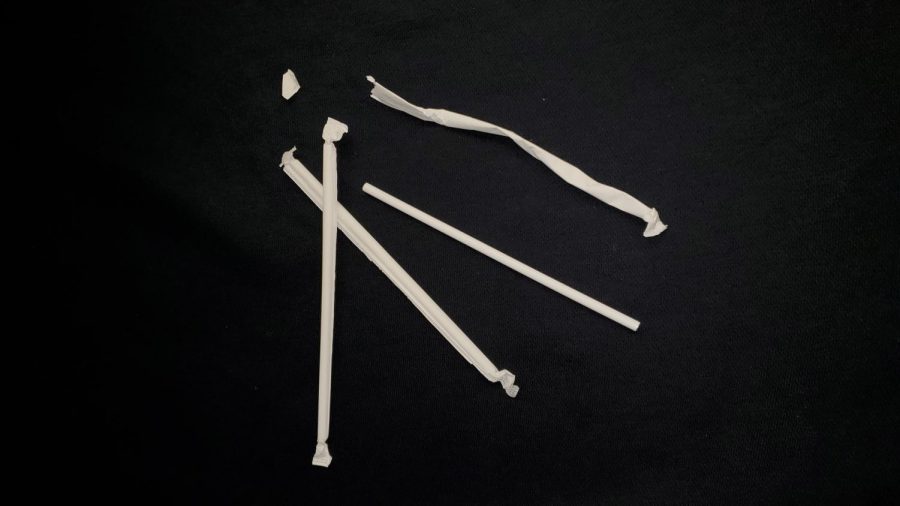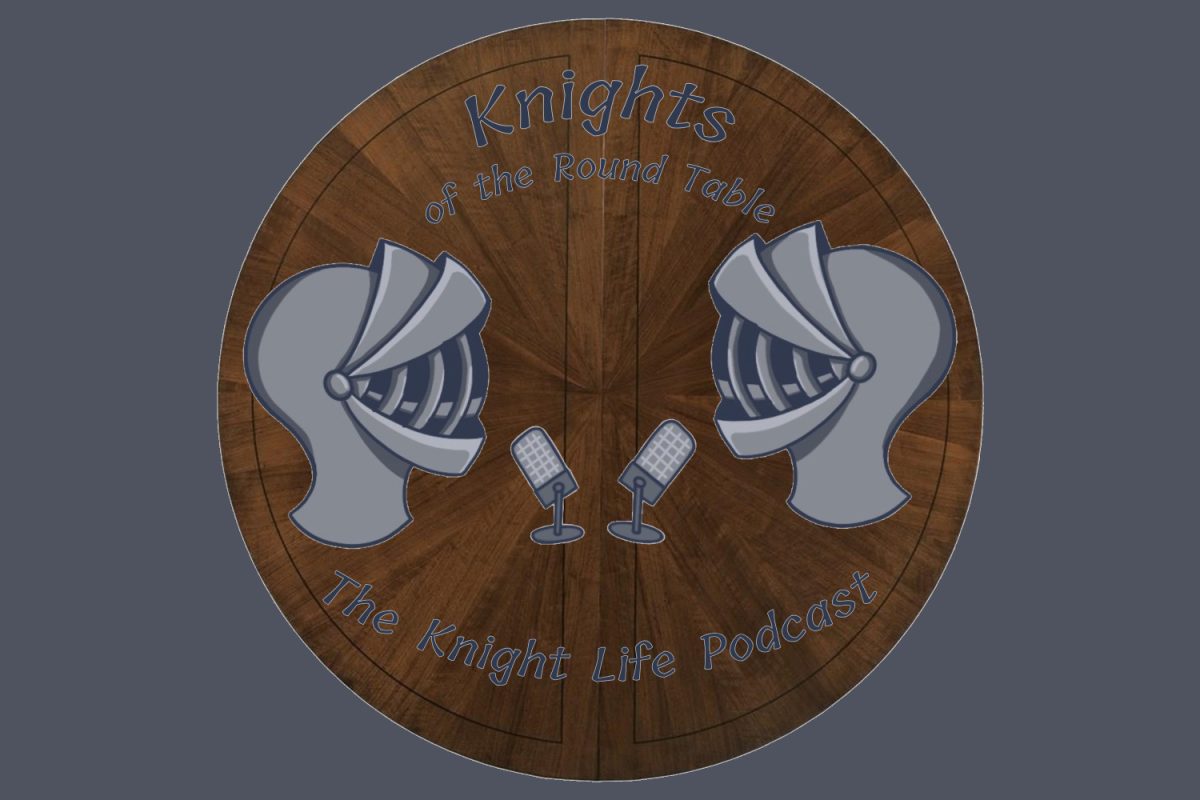A simple solution to the straw debate: don’t use straws
Credit: Ian Woodruff
Plastic disposable straws lie amongst each other. Disposable straws account for 4-7% of pollution on Earth.
November 5, 2019
It’s a Friday night and I go out to eat. When the waitress brings me a drink, she leaves a paper straw. Convinced that paper straws are much better for the environment, I use it happily. After about 5 minutes the drink has changed to an earthy taste, and the top of the straw has folded in on itself, making it harder to drink. I think to myself, “Is it really better for the environment than plastic straws?” If not, I would much rather have a plastic straw.
In the beginning of 2019, California enacted a law that required restaurants to only provide plastic straws if the customer asks for it. This rule could reduce the use of single use plastic straws.
According to USA Today, 8 million metric tons of plastic straws end up in the ocean each year. That is a lot of straws when you consider the weight of a single straw.
Better Alternatives Now claims 4-7% of pollution is plastic straws. Compare that to plastic bottle caps (17%), food wrappers and containers (31%), and plastic bags (11.2%).
Plastic straws are recyclable but because of their size, they can be very hard to recycle, and they are frequently blown out of the recycling bins by the wind, contributing to more plastic straws polluting the environment. If plastic straws are improperly disposed of, they can be detrimental to animals: birds and sea creatures have often been known to eat the straws.
“Even if the plastic straws end up in a garbage can, they are sitting in a landfill for hundreds of years looking relatively unchanged. If they don’t make it in the garbage, they can end up in waterways, they can end up in sewers, oftentimes they end up in the ocean and that can affect all kinds of wildlife,” said LN biology teacher, Eric David.
However, paper straws aren’t all good for the environment either. They use more carbon emissions and resources to produce than a plastic straw does.
According to Jane McGrath in Which is more environmentally friendly: paper or plastic?, paper products such as bags take 4 times as much energy or fuel to produce, which also creates much more air pollution than plastic, and the production of paper products use 3x more water than plastic products. Paper products generate 80 percent more solid waste. Because of these factors, paper straws can be more expensive to buy, causing some restaurants and people to avoid paper straws.
A commonly known argument for paper straws is that they are more biodegradable than plastic straws, but just because regular paper is biodegradable doesn’t mean that all paper products are.
The term biodegradable can be fooling, according to Joanne Ma in Are paper straws really better for the environment than plastic ones? “The Environmental Protection Department’s ‘Biodegradability Testing Guideline’ tests how well different materials break down by keeping them at a constant temperature of between 56-60 degrees Celsius for 180 days. If the carbon matter of that material decreases by 60 per cent, it can be considered biodegradable.”
So if the straws end up in places like landfills, they may not biodegrade for many more years than advertised. There is a good chance that paper straws may end up in landfills because recycling companies typically do not take food contaminated products.
Paper straws are better for the environment, but still cause pollution.
“Various places have adopted policies where they just don’t use straws, they just have cups they don’t even put the lids over the straws, it’s just a paper cup kind of thing,” said David.
Using no straw is the best way to do your part in reducing straw pollution.












